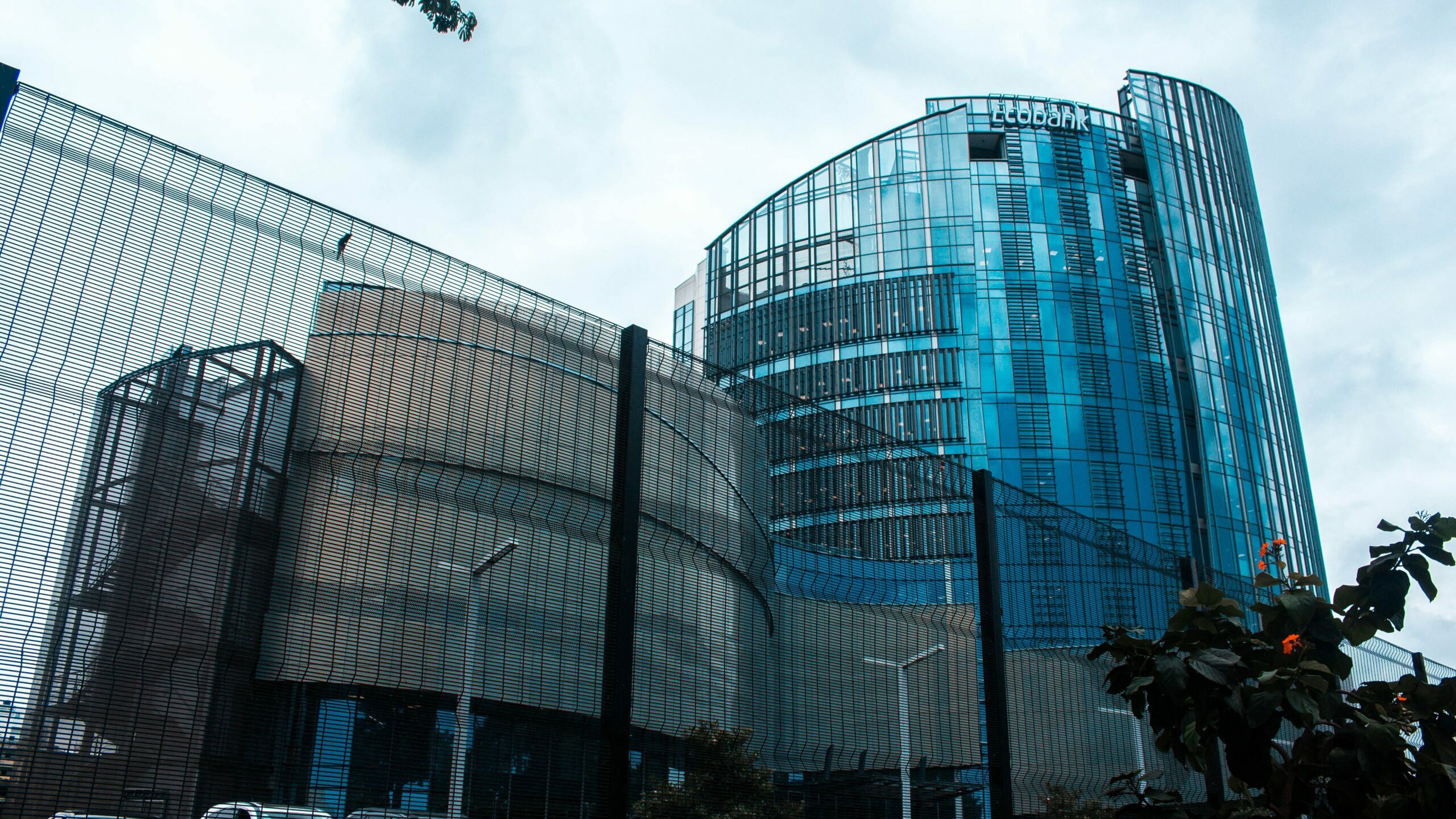Does Silicon Valley Bank’s failure affect me and my bank?
Last Wednesday (3/8/2023) you may have become aware of a bank called Silicon Valley Bank or SVB. Silicon Valley Bank is a financial institution that provides banking and financing services to technology and life science companies. Founded in 1983 in Santa Clara, California, SVB had become a leading player in the tech industry.
Until last week, you may not have ever known SVB was the 16th largest bank in the US. It may not be a familiar name, but its impact on the tech industry and the economy as a whole is significant. As a provider of financing and support to some of the most promising companies in the world, SVB has played a crucial role in fueling innovation and growth in the technology sector.
SVB, like other banks, invested heavily in treasuries in the last few years. When the Federal Reserve started raising interest rates, their treasury investments suffered substantial unrealized losses. Combined with a drawdown of cash from bank clients due to the slowing economy, this forced SVB into a stock sale. To raise cash to cover the losses they incurred in selling government treasuries, they discussed issuing new bank stock. Remember banks invest customer money to get a return; they do not just leave it in the bank vault.
Once these issues became public information, a classic bank run ensued. Businesses were wiring out money as fast as they could until the Treasury stepped in last Friday (3/10/2023) to shut the bank down. More than 85% of the bank’s deposits were uninsured by FDIC, according to TIME. Remember that the FDIC covers the first $250,000 of a depositor’s funds.
The Treasury closed the bank due to the run-on deposits, which left businesses unable to access their funds to make payroll or pay bills. These concerns prompted the Treasury and the Fed to make a joint statement on Sunday that all funds would be available to SVB’s clients. With this new announcement on Sunday, there was some faith restored back into the banking system. We are still seeing some weakness in regional banks as there is concern that other small regional banks might have a similar issue to SVB.
We are still waiting to see how this plays out as we are in new territory. One of the questions we are asking ourselves is: Will the Federal Reserve stop raising interest rates at the next meeting on March 21st? In the last few weeks, the expectation has gone from the Fed raising rates by .25% to raising them by .50% due to what Jerome Powell said last week in front of Congress. Now after everything that has occurred with SVB, will the Fed stop raising rates or just take a pause?
Will Silicon Valley Bank (SVB)’s failure affect me and my bank?
I do not think this will affect you and your bank due to the issues that caused SVB to fail, because the issues were specific to SVB’s limited client base. I do think some of the regional banks may get more attention after this. The new Federal Reserve backstop system should protect banks from a similar fate.
Rest assured that we are tracking this ever-changing investment world. Planning a path through these rough waters to manage the volatility during this current market cycle.
I look forward to any questions you may have.
Like this article? Want to learn more about Investing?
Check out our Investment Archives where we’ve compiled helpful articles to help you plan for your future.
Schedule an introductory phone call with John at this link: John Simkins – Introductory Phone Call
